In STEM, writing is often treated as something you do after the work is done. But for graduate students, learning writing as a process of discovery is essential.
Auburn’s Writing SySTEM program was created with the overall goal of helping engineering students build confidence, strengthen their writing habits, and view writing as a core component of the research process.
Here, we share our evaluation of their data and results.
The survey dataset contains responses collected between February 2023 and December 2024 from 24 engineering graduate students at Auburn University. These participants represent several engineering departments: Biosystems (11), Civil and Environmental (9), and Aerospace (4).
Key Takeaways
- Most students developed stronger pre-writing habits, with nearly 90% regularly reviewing literature, identifying research gaps, and seeking early feedback.
- Focus was the biggest barrier—distraction management scored lowest, and many students weren’t actively managing their environment.
- Peer feedback emerged as the most impactful strategy, helping students improve clarity, confidence, and engagement with their writing.
- Writing self-efficacy is high—but uneven. Students felt confident in planning, referencing, and revision, but struggled with starting, time management, and staying focused.”
What Happened
To understand and improve how graduate students write, the Writing SySTEM team launched a multi-phase initiative that included:
- Faculty-Led Writing Courses:
- 20 students joined semester-long classes focused on academic and technical writing.
- Abstract Workshops:
- 9 students attended short sessions on writing clear, effective research summaries.
- Peer & Advisor Feedback:
- Ongoing feedback from peers and mentors helped reinforce revision habits.
- Surveys & Interviews:
- All 24 participants shared insights on their writing routines, challenges, and growth.
In the SDD Framework, scale is about reach—and relevance.
Writing SySTEM reached 24 students across different departments, embedding support directly into their research and coursework. The goal wasn’t just numbers, it was making sure the right students got the right help at the right time. This intentional scale allowed the program to have broad impact while staying personalized to each student’s needs.
What We Learned
Adoption of Pre-Writing Strategies Post-Intervention. Most students reported being “very likely” to use key pre-writing strategies such as literature review (20), advisor feedback (19), and identifying research gaps (18). Writing while conducting experiments showed the lowest adoption, highlighting opportunities to integrate writing throughout the research process better.
Most students know they should plan and outline, but following through is harder. Nearly 90% of students reported regularly using pre-writing strategies like reviewing literature, identifying knowledge gaps, and seeking advisor feedback before drafting.
Students were less likely to outline or brainstorm, and only about a third wrote during experiments, treating writing and research as separate steps.
First, we do the experiment, we have the result, and then we are trying to say, 'Okay, where does it fit?' (2023-Spring-NSF-IGE-Interview-4.docx)
That’s the key opportunity: helping students use writing not just to report findings, but to make sense of them as they go. This reflects the depth of impact—students began to see writing as a tool for thinking, not just reporting.
Mid-Writing Adjustments -
Approximately 80% of students employed mid-writing strategies to monitor their work, ensuring that claims aligned with methods, results matched the research questions, and their literature review supported their arguments.
The data indicates that students are highly engaged in most mid-writing adjustment strategies. Distraction Minimization was the only item where "Very likely" (16.7%) was not the most common response. A significant 45.8% of students reported being only "Slightly likely" to minimize distractions, and 20.8% were "Not at all likely" to do so.
The strongest habits were tied to structure: taking notes, reviewing hypotheses, and double-checking methods. More process-based strategies, like reading drafts aloud or writing to refine ideas, were less common and required more confidence.
Distraction minimization was the weakest habit overall. Just 16.7% said they were “very likely” to manage distractions, while nearly half marked “slightly likely,” and about 1 in 5 didn’t manage them at all.
This finding indicates a major challenge for students in managing their writing environment and maintaining focus. While they demonstrate strong skills in monitoring the content of their work, they struggle with the environmental and attentional control necessary for efficient and effective writing sessions.
Knowing how you work—and what gets in your way—is crucial in graduate school. Writing and focus both take time, and that self-awareness can mean the difference between finishing in two years or six. Yet distraction management is rarely taught, even though it makes everything else possible. These kinds of personal realizations contribute to both the depth and the duration of impact—students leave knowing what works for them and can carry that awareness forward.
I was the complete opposite. During grad school, I thrived in what most would call a distraction-heavy environment: a packed Panera Bread, chaos all around, and a Mario Kart -style playlist blasting in my ears. That sensory overload somehow kicked my brain into just enough fight-or-flight to knock out 30-page finals like it was a race.
Post-Intervention Adoption
After the workshops and courses, students reported a strong boost in revision and feedback habits. 88% said they were likely or very likely to use strategies like peer review, editing, and argument alignment—showing the interventions had a lasting impact.
The high adoption rate for "Peer Feedback" validates the use of structured peer review activities. Students find these interactions valuable, although their effectiveness can depend on the specificity of the feedback they receive.
Peer feedback (83%) and argument alignment (79%) were the most adopted strategies. Students valued how peer input improved clarity, caught issues, and made their writing more engaging.
Figure: Students’ Reflections on Post-Intervention Writing Strategies Students described how the program influenced their approaches to writing, highlighting three themes: writing in timed shifts, starting earlier in the process, and using detailed outlines to organize ideas.
However, only 42% reported regularly using intermittent editing, suggesting students still tend to save revision for the end instead of incorporating it throughout the writing process. This highlights an opportunity to help students embrace a more iterative, cyclical approach to writing.
Writing SySTEM went beyond mechanics to shift how students think about writing.
That’s depth: seeing writing as part of research, not just the final step, and understanding their own process as writers. Students left knowing how to use writing to clarify ideas and strengthen their work. And just as important, they gained strategies with duration—practices they can sustain in their research careers.
Writing SySTEM Transformed How Graduate Students Approach and Sustain Their Writing
Auburn’s Writing SySTEM program helped graduate engineering students see writing not as an afterthought, but as a core part of research. Students left with stronger habits, more confidence, and a clearer sense of how writing supports their work.
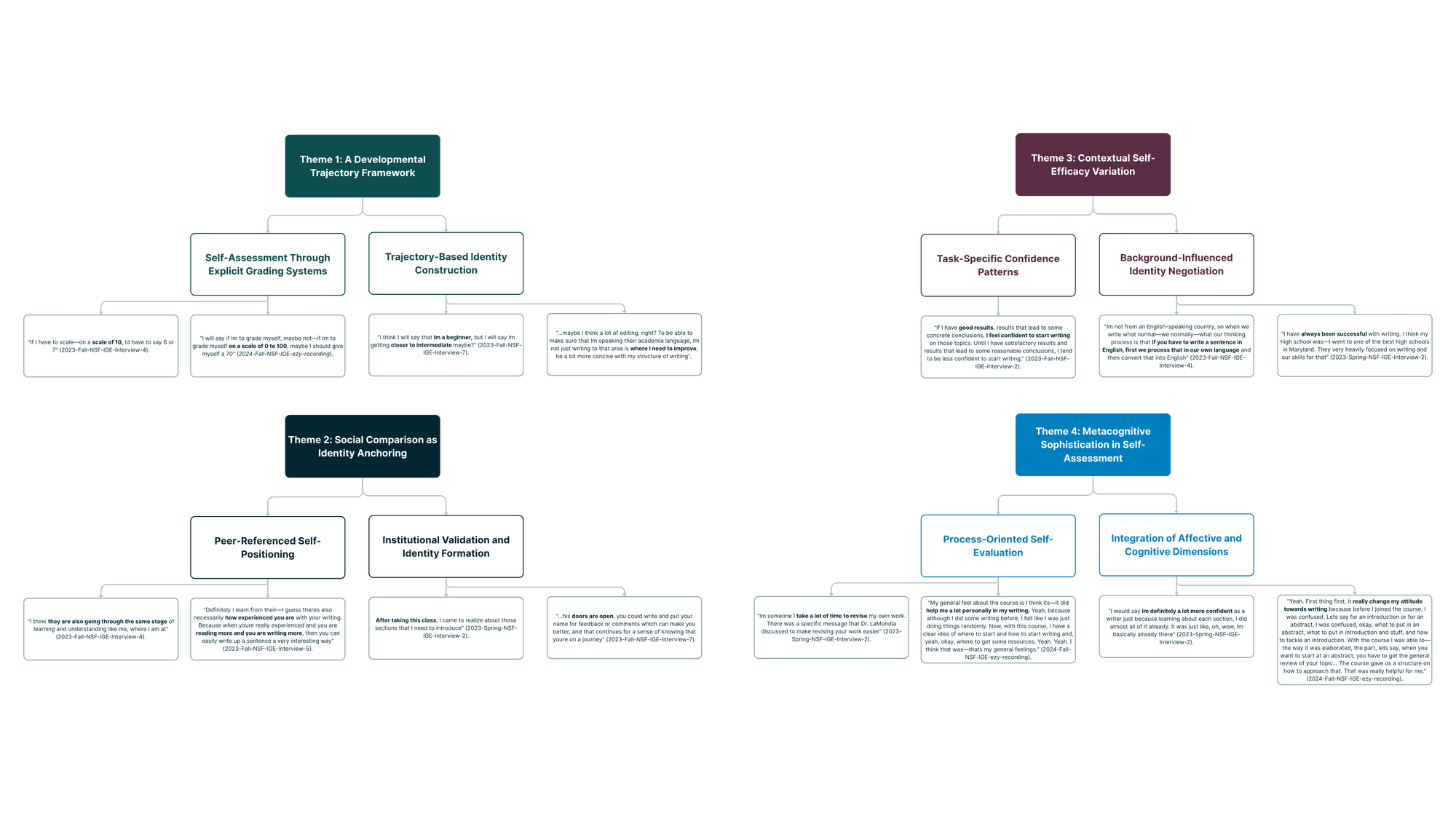
The program also surfaced key challenges—like focus, iterative revision, and managing pressure—showing that effective writing support needs to go beyond structure to address the real-world demands students face.
By embedding writing into the engineering experience, Writing SySTEM equipped students with sustainable, practical strategies they can carry into their careers.
By embedding writing support into students’ existing research workflows over a 22-month period, the program cultivated lasting changes in confidence, process, and self-awareness—demonstrating meaningful duration of impact.
This holistic approach—addressing scale, depth, and duration—created measurable, lasting impact and provides a model for similar programs in STEM education.
SDD Statement: The Writing SySTEM program at Auburn University engaged 24 graduate students across three engineering disciplines over 22 months, achieving a 90% adoption rate of key pre-writing strategies and an 88% increase in revision and feedback practices. Velocity of improvement was observed at ~4% habit adoption per month, with strong momentum evident in sustained peer feedback engagement (83%) and continued revision habits beyond program completion.
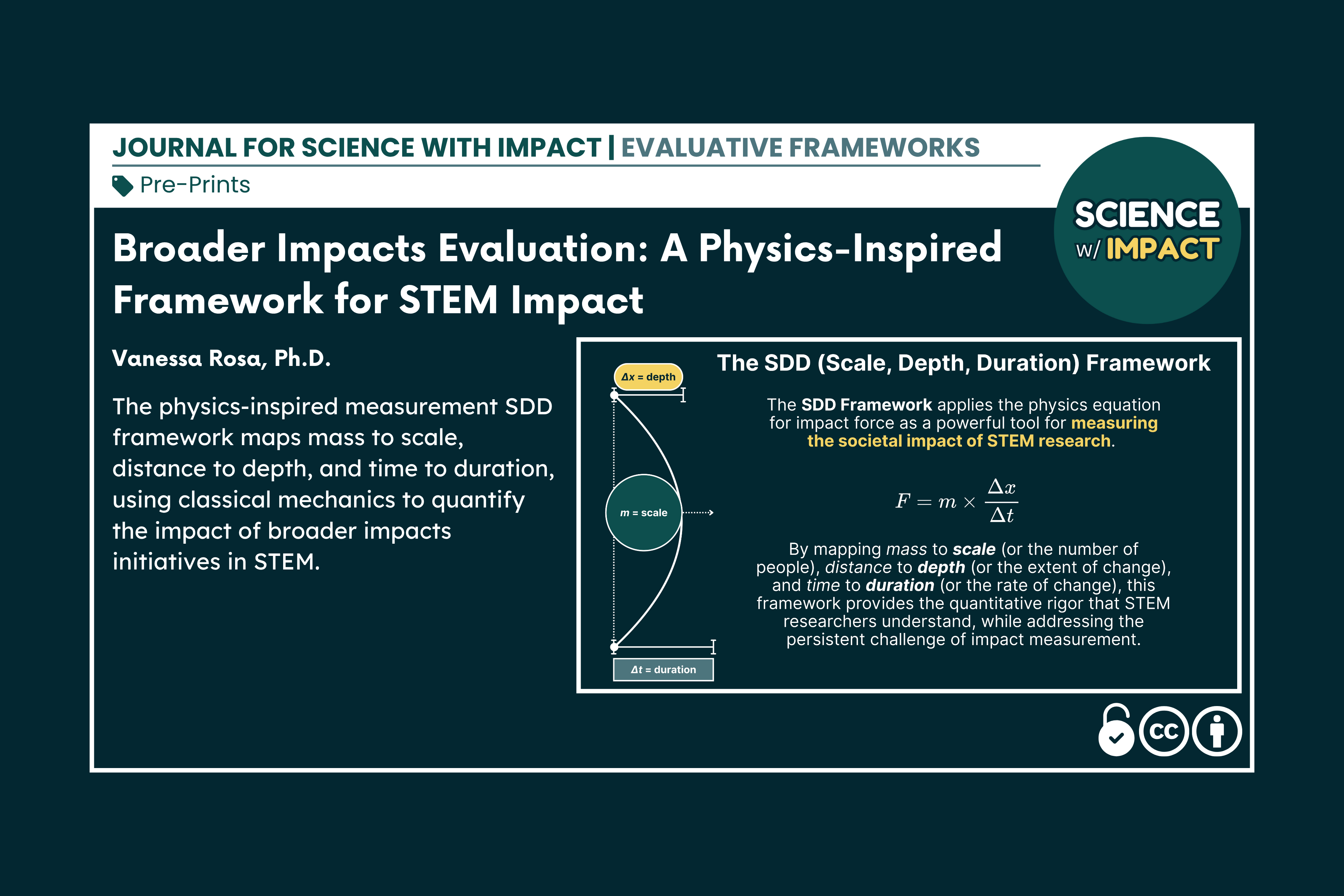
Let's Collaborate!
If you're interested in outreach evaluation, activity design, or data visualization, please connect with Dr. Rosa!
Click Here to ConnectThank you for reading, if there are any templates or resources our team can provide, feel free to reply or comment below.
Let's make impact make sense!


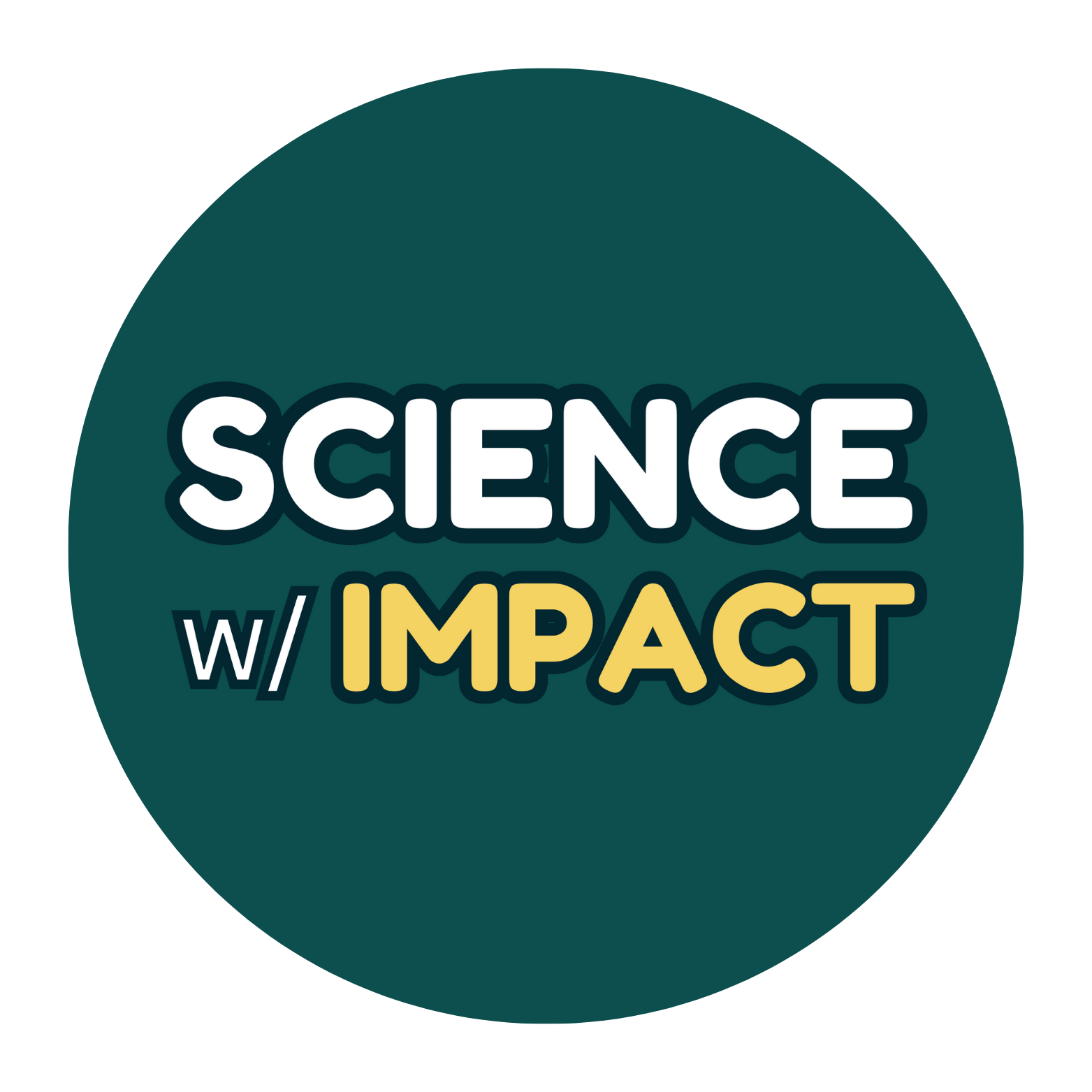



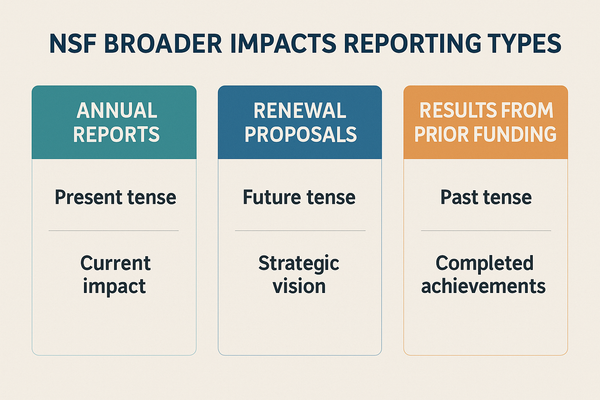
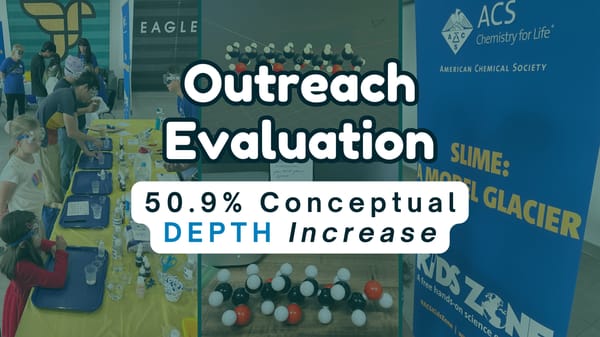
Member discussion